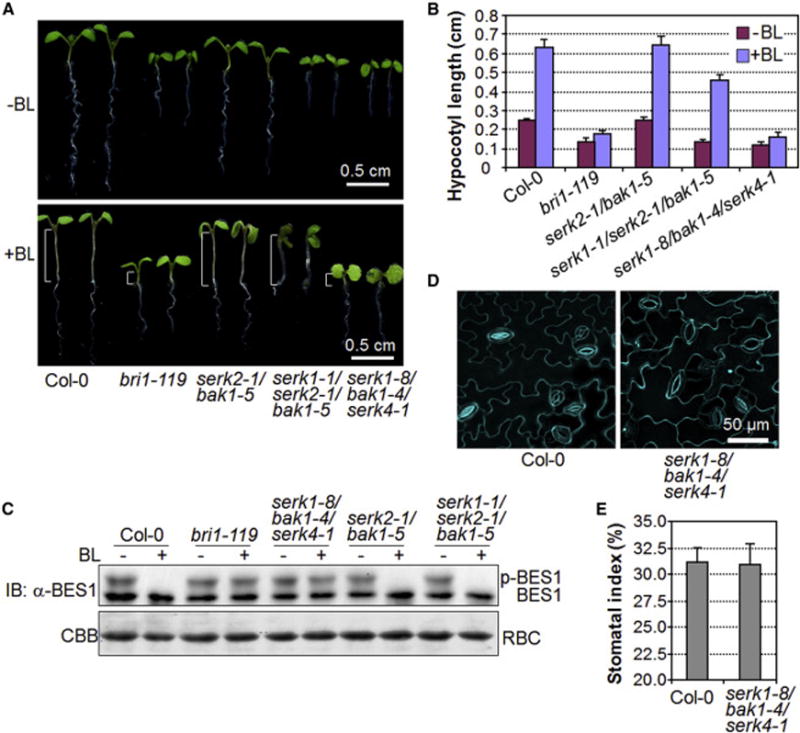Figure 3. Differential contributions of SERK family RLKs in stomatal patterning.

(A, B) The stomatal clustering phenotypes of serk higher-order mutants in the bak1-5 background. Confocal images were taken on the abaxial cotyledon epidermis at 10 days after germination on ½ MS medium. Brackets indicate clustered stomata. (C) Abaxial cotyledon stomatal indexes of indicated genotypes. The data are shown as mean + SD (n=8). The mean values marked with different letters are significantly different from each other (P<0.05, Student’s t-test). The experiments were repeated three times with similar results. (D) The phenotypes of two-week-old seedlings grown on soil. (E, F) The serk1-1−/−/serk2-1−/+/bak1-5−/− plants phenocopy the er105 mutant in inflorescence architecture (E) and pedicel length (F). (see also Figures S4 and S5).
